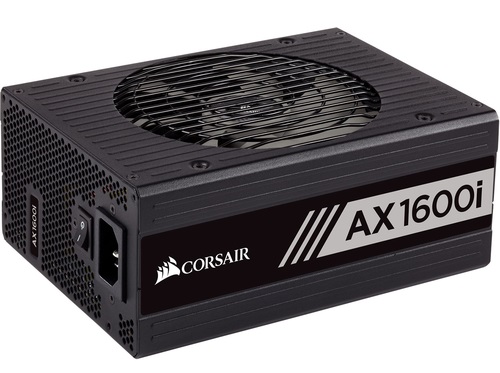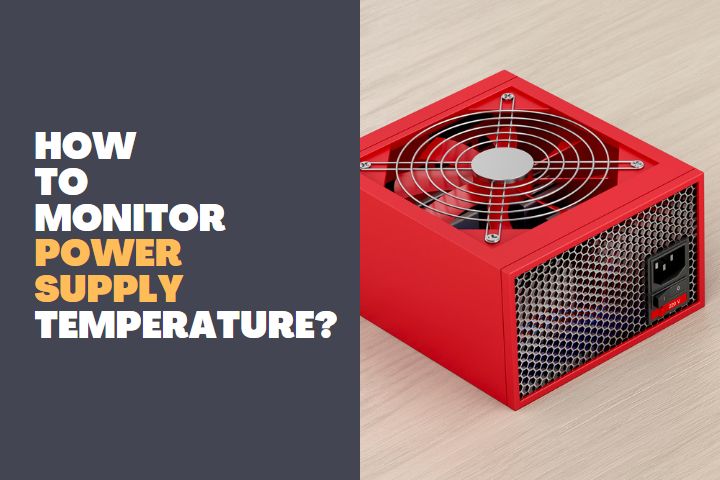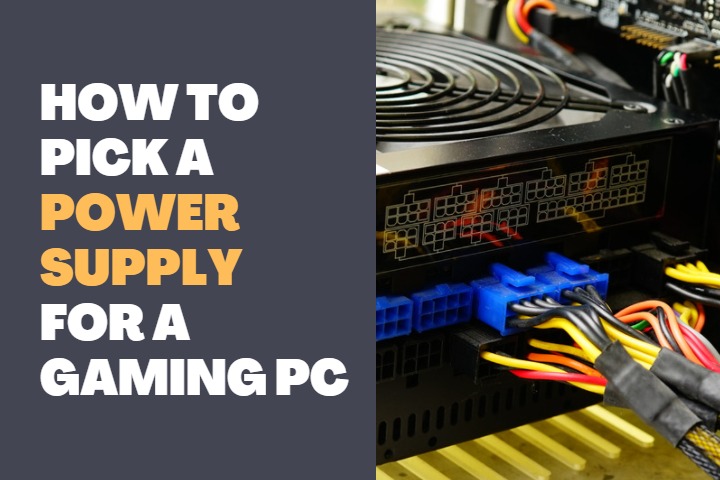Whenever you want to get inside your PC to look into the motherboard or install new hardware, you must ensure completer power discharge. Even though you have cut off all the power supply from the mains, the power supply unit has capacitors which store some residual charge.
If you don’t drain this charge, it will result in electrocution and sometimes may cause some harm. Therefore, it is important to know how to discharge a computer power supply.

How to discharge a computer power supply?
When we say that we are discharging the power supply unit, we are actually discharging the residual charges from the capacitors. Generally, Switched Mode Power Supply Unit (SMPS) is widely used in the PC. There are three methods to safely discharge the capacitors of the PSU.
Power Button Discharge
- Turn off all the power supply to the PC from the mains.
- Unplug all the cables and wires attached to the PC.
- Then hold the power button for 20 secs. When you do this, the capacitor discharges the residual current.
- After few seconds, repeat it three times to completely drain the charges from the capacitor.
- Now, it is safe to get into the PC for your work.
Using a Light Bulb
- SMPS usually have large capacitors which has the capacity to hold dangerous amount of charge.
- Even if the PSU is not used for days, it can hold large voltage in it. Therefore, you can use a component like light bulb to drain the charge.
- Take a 100W lightbulb and a socket with exposed leads. Connect the leads to the terminals of the capacitor.
- The bulb will glow for some time according to the charge present in the capacitor.
- When the bulb goes off it is an indication that the capacitor is fully drained.
Using a High Wattage Resistor
- Instead of using a 100W bulb, you can use a high watt resistor in the same fashion.
- Take a high wattage resistor like a 2.2k ohm 10W resistor and connect the leads to the terminals of the capacitor.
- In a few seconds, it will discharge the capacitor fully and you need not worry about the residual charges.
Also Read:
Is the Power Supply safe even after discharge?
If the PSU is completely discharged, it is absolutely safe. The above-mentioned methods are very effective in discharging the PSU capacitors completely.
Modern PSUs are usually discharged in about 20 minutes completely. Therefore, if you aren’t doing anything, you can wait for 20 minutes for the residual charges to drain. But it is always safe to unplug all the cables and let them drain for about 20 minutes.
The PSU has bleeder resistors that drain away from the residual charges in the capacitor. Therefore, you should leave the PC for about 20 to 30 minutes after unplugging. Then you can get into the PC.
How long does a power supply take to discharge?
Different capacitors take different times to drain. But in general, you can wait at least 20 to 30 minutes for an AT-ATX PSU to drain the residual charges completely. This is depending upon the circuit components of the PSU.
If it has many bleeding resistors, it will take less time. Also, ensure that you have unplugged all the power cables and cords. Apart from this, there is no definite way to say the exact timing of draining. We can just ensure the full drain using the above-mentioned methods.
How long can a power supply capacitor hold a charge?
Again, this is according to the type of PSU and the type of capacitor used in them. Also, the circuit components play an important role because they are the ones draining the charge from the capacitor.
A capacitor is not meant for storing charges for a long period of time. The nature of the capacitor is to hold a charge for a while and discharge it to the circuit components. Larger capacitors have the ability to store more charge and even after the circuit is opened, there can be residual charges around the capacitors.
The capacitors used in the SMPS are usually multilayered ceramic capacitors. They tend to store more charge and take a while to discharge. But according to the size of the capacitor, it can hold anywhere from 20 secs to 40 minutes.
Therefore, it is always safe to wait for 20 to 30 minutes before touching the internals of the PSU or motherboard.
Why Some Power Supply Damage PC hardware?
The PSU is responsible for the total voltage supply to the PC components. Everything is connected to the power supply and when there is a malfunction or if you have bought a cheap PSU it will damage the PC hardware. Because
- Poor hardware components in the PSU cannot hold sudden increase in loads.
- If there is voltage fluctuation, it will upset the PSU components and results in PC damage.
- When there is very low current and the voltage goes up, it will destroy the PC components.
- Overheating of the PSU components will also kill the PC hardware.
Replacing or Repairing the Power Supply: Which is best?
Some think that it is better to replace the power supply with a new one. Others think that it is better to repair it because it can be cheaper and more environmentally friendly.
The decision of replacing or repairing a power supply depends on the type of problem that your power supply has and how accessible the components are.
The best option for replacing the power supply depends on the circumstance. If the power supply is still functional but you want to change it, then you should consider replacing it. But if the power supply is not working or if the computer shuts off without warning, then you should replace it.
Conclusion
Before working the insides of the PC or the PSU, make sure that you have discharged the power supply fully. It has the potential to electrocute you and possibly do some harm. Follow the recommended methods and ensure the full drain of the residual charge to be safe.







